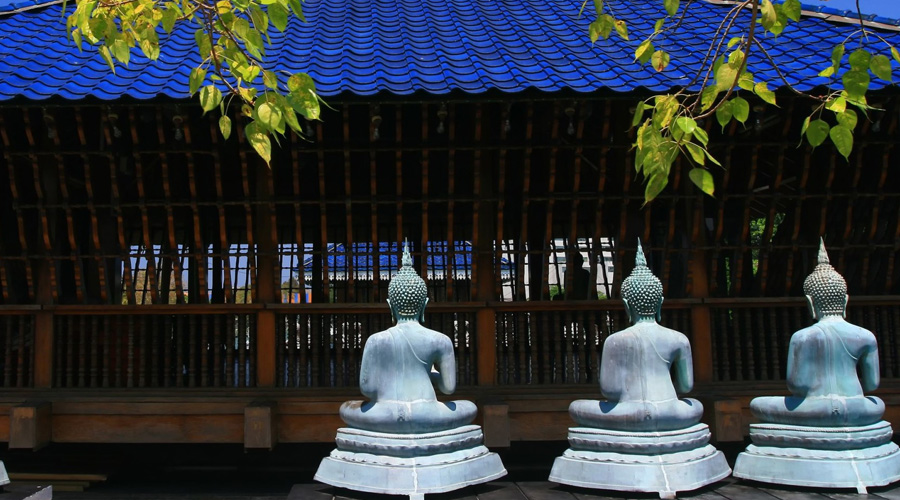Colourful and charismatic, Sri Lanka’s capital is an energetic city, home to more than three million people. It’s a city of contrasts; shiny modern condos rise up beside faded, ramshackle shops, and congested arterial roads lead onto lush, leafy avenues flanked by colonial mansions and centuries-old trees. Situated on the delta of the Kelani Ganga (Sri Lanka’s fourth longest river), Colombo was, for many years, a Muslim fishing and trading port until the Portuguese arrived in 1518 and subsequently built a fort. Today, the city still boasts many architectural remnants of its colonial years, including Portuguese and Dutch-era churches, British period hotels and of course, the 800m promenade of the Galle Face Green.
Colombo can easily be toured in a day. If cultural immersion is of interest then you’ll find this on a stroll around the hectic, people-packed streets of the Pettah market where trade-specific lanes lined with shops and stalls sell anything from plastic buttons and ribbons to mobile phones, gold and kitchenware. Many temples, kovils and mosques are dotted in and around the city; the most convenient is the Gangaramaya Temple whose exquisite museum contains numerous priceless gilded Buddhist relics, including the world’s smallest Buddha, a thimble-sized deity, which can only be viewed through a looking glass. Another highlight of this atmospheric temple is its resident tusker elephant.
Colombo’s shopping and dining scene is rapidly emerging. There are many restaurants serving food from around the world, and a growing number of eclectic bars and clubs. As far as shopping goes, Colombo is great for handlooms, home décor items, soft furnishings and crockery; Paradise Road and Barefoot are two of the most popular feather nesting shops. Colombo’s emerging art scene is also worth a gander and there are an increasing number of galleries across town. Sunday along Green Path is a Colombo institution – the southern railings of the Viharamahadevi Park vibrantly exhibit the colourful work of local artists.

